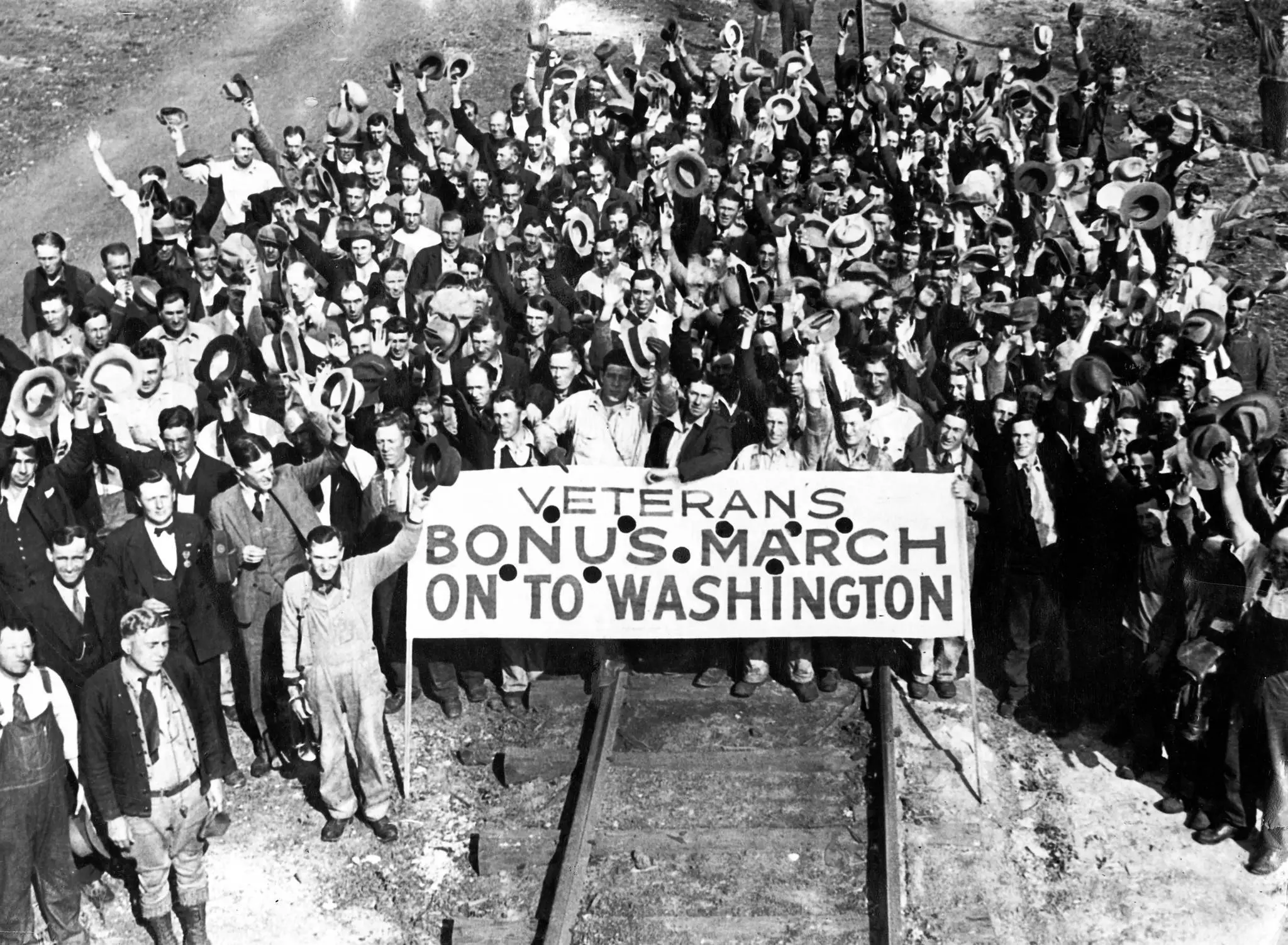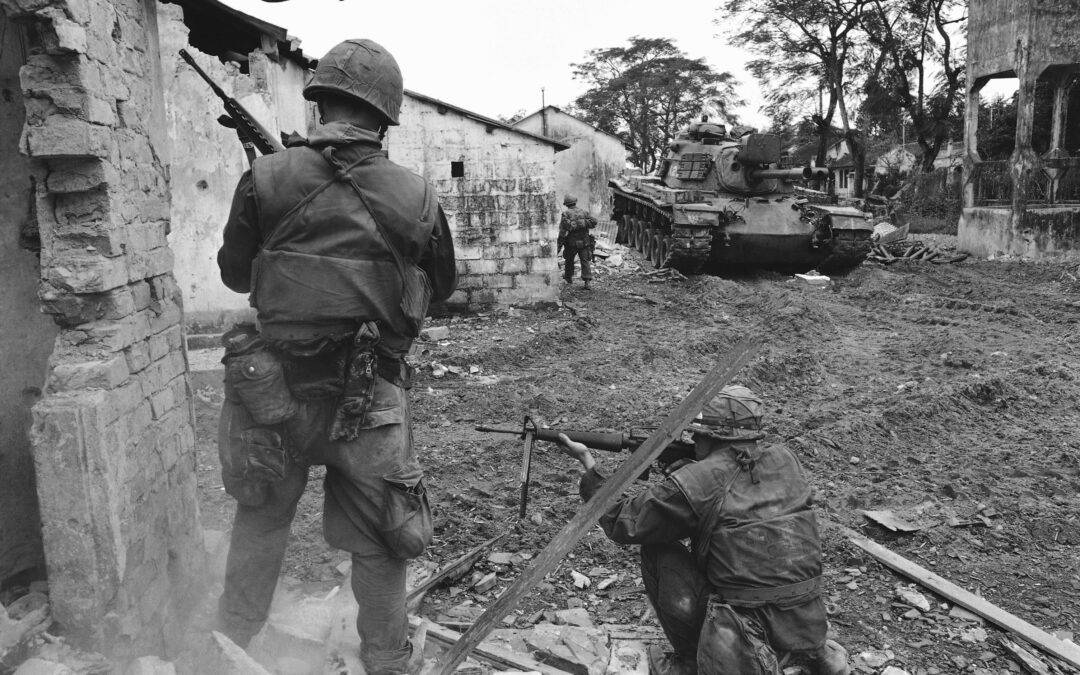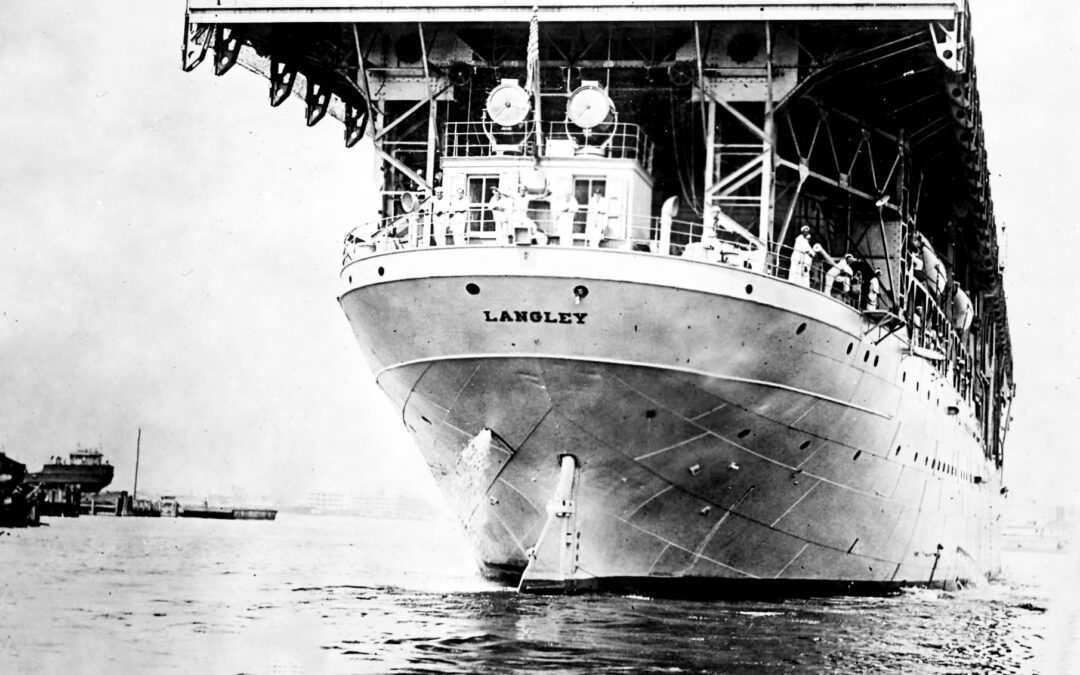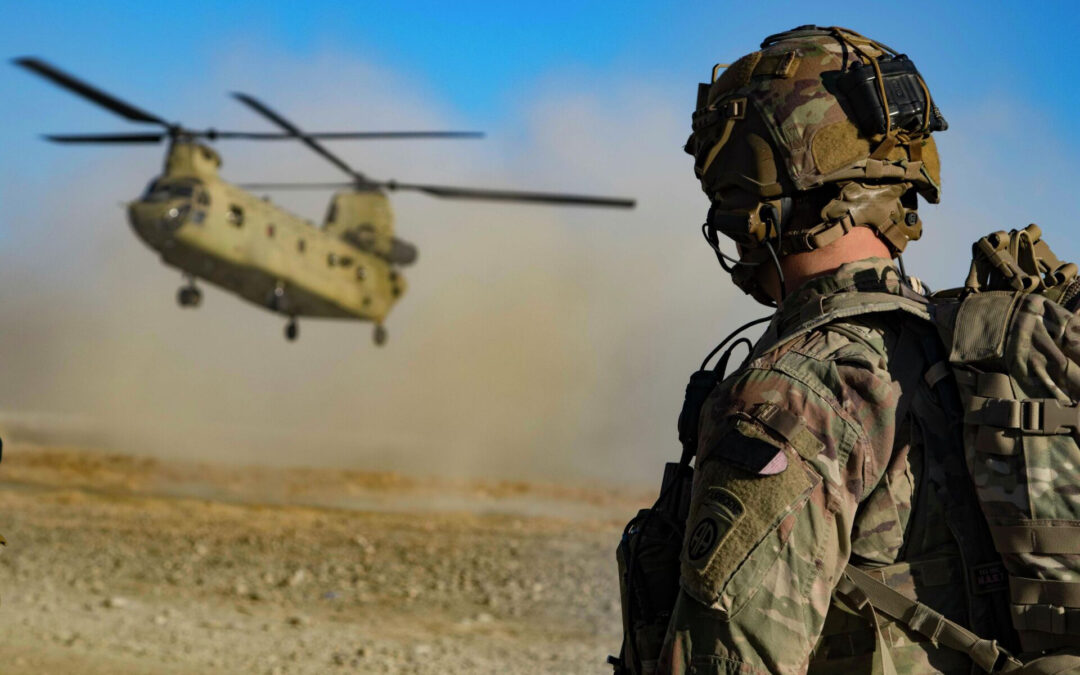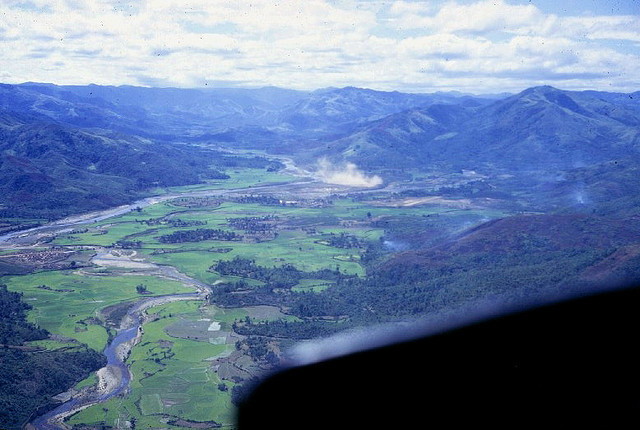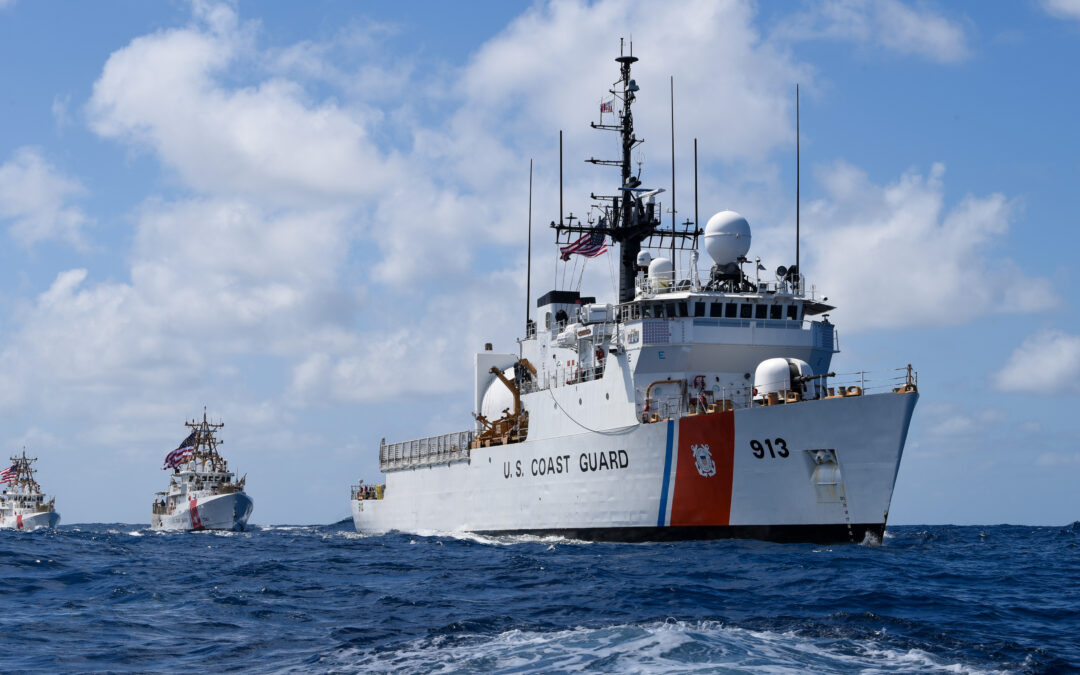A 30-year Army veteran who was the longest continuously serving Ranger in Vietnam and one of the war's most decorated enlisted soldiers died. Patrick Gavin Tadina served in Vietnam for over five years straight between 1965 and 1970, leading long-range reconnaissance patrols deep into enemy territory - often dressed in black pajamas and sandals and carrying an AK-47. Patrick Gavin Tadina Left a Lasting Legacy The retired Command Sergeant Major Patrick Gavin Tadina died May 29, 2020, in...




